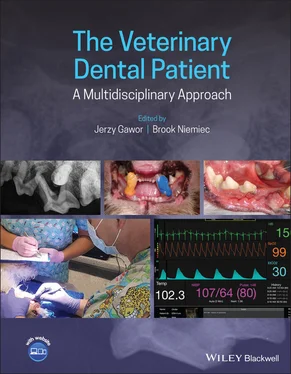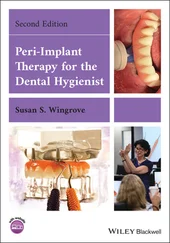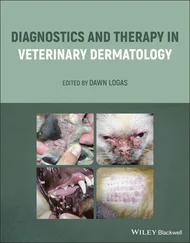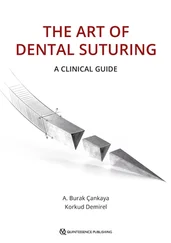1 ...8 9 10 12 13 14 ...33 Figure 1.5 Educational posters avaliable at www.vetdentalrad.com.
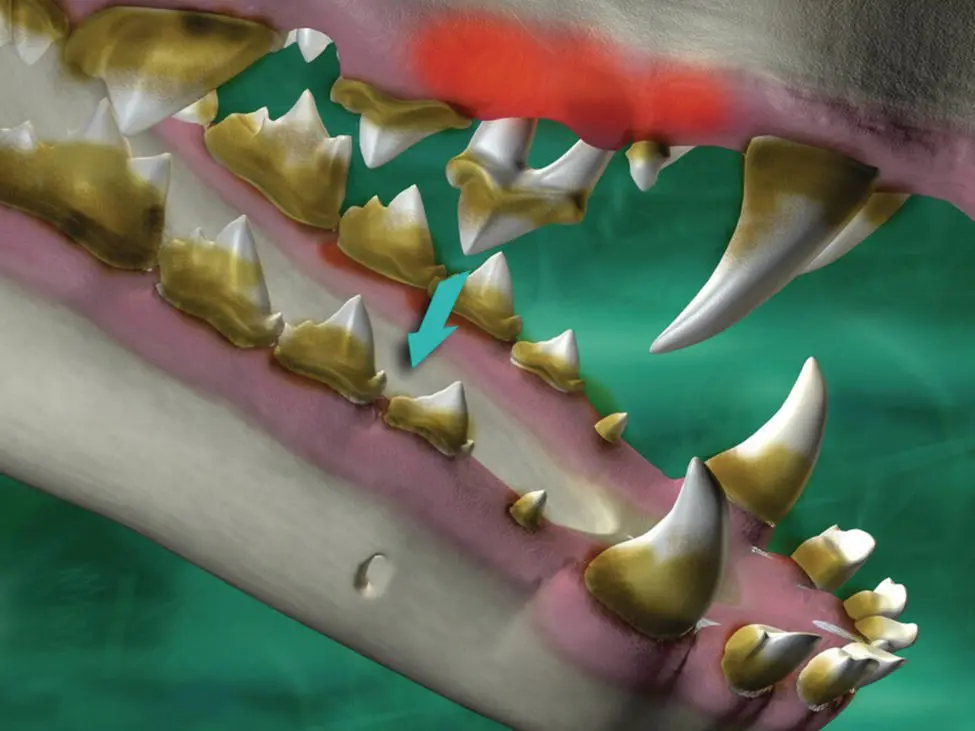
Figure 1.6 Educational video shown on a tablet in a waiting room.
Source: Courtesy of Vetoquinol.
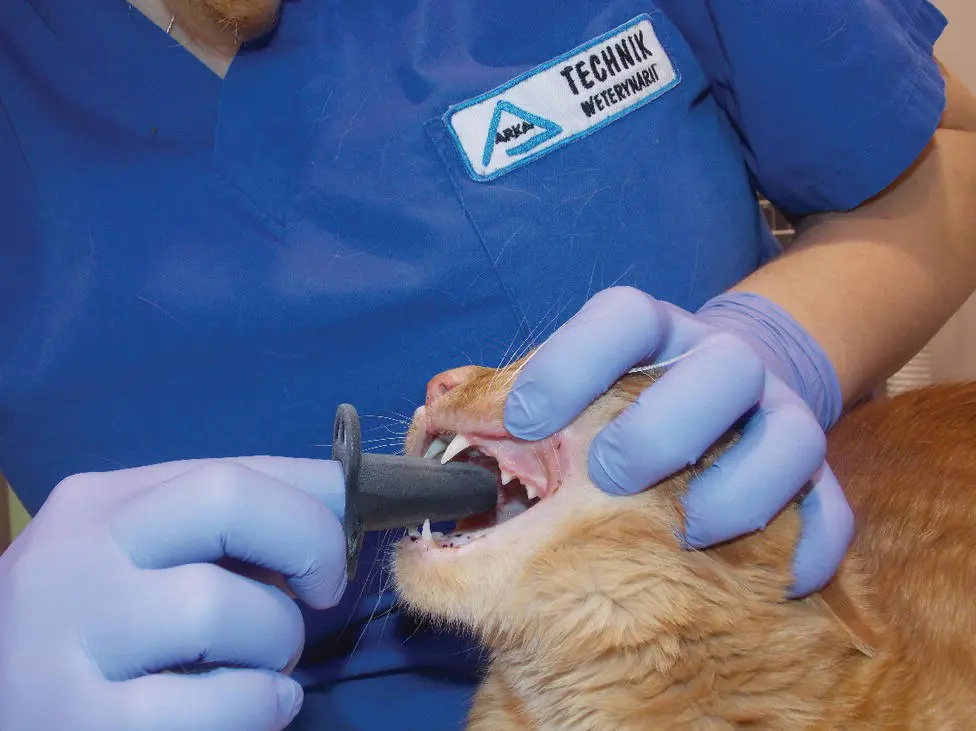
Figure 1.7 Finger protection during feline oral cavity assessment.
Anesthesia equipment, including a cardiorespiratory monitor, should be placed so that it is visible to both the assistant or anesthesiologist and the surgeon or veterinarian. A portable anesthetic machine will be convenient if the clinic has several places where anesthesia is needed. The mounted version saves space, but it should be attached to a movable platform in order that it can be utilized in different sizes of patient ( Figure 1.12). Anesthesia equipment is described in detail in Chapter 12.
Hygienic requirements are presented in Chapter 7, but in general the dental room should have good access so it can be kept clean and the walls can be disinfected. It should also have an air circulation with slightly negative pressure in order to enable the evacuation of toxic remnants of anesthetic gas and infectious aerosols, and to protect the rest of the clinic against contamination. Hazardous material containers should be easy accessible, correctly labeled, and highly visible ( Figure 1.13).

Figure 1.8 Dental operatory.
1.7 Ergonomy, Organization, and Functionality
Ergonomic solutions for operator and assistant include numerous items, beginning with the organization of the room, which should have easy access to equipment, materials, and instrumentation. This solution must be planned from the onset and discussed with the designer prior to construction.
An operating table with adjustable height and comfortable access to the patient's head is important. Such a table should enable the utilization of copious amount of water, with the possibility for its drainage and evacuation of liquids. Chairs that provide proper and relaxed positioning during long procedures should be provided. A central vacuum and gas delivery with oxygen source and central suction will be very convenient. Again, this should be planned for prior to construction, as redesigning is more expensive. The more adjustable and flexible the positions of the anesthesia machine, table, and dental unit, the easier their use and the greater their adaptability to different operators (e.g., left‐ or right‐handed, tall or short) and patient sizes ( Figure 1.14).
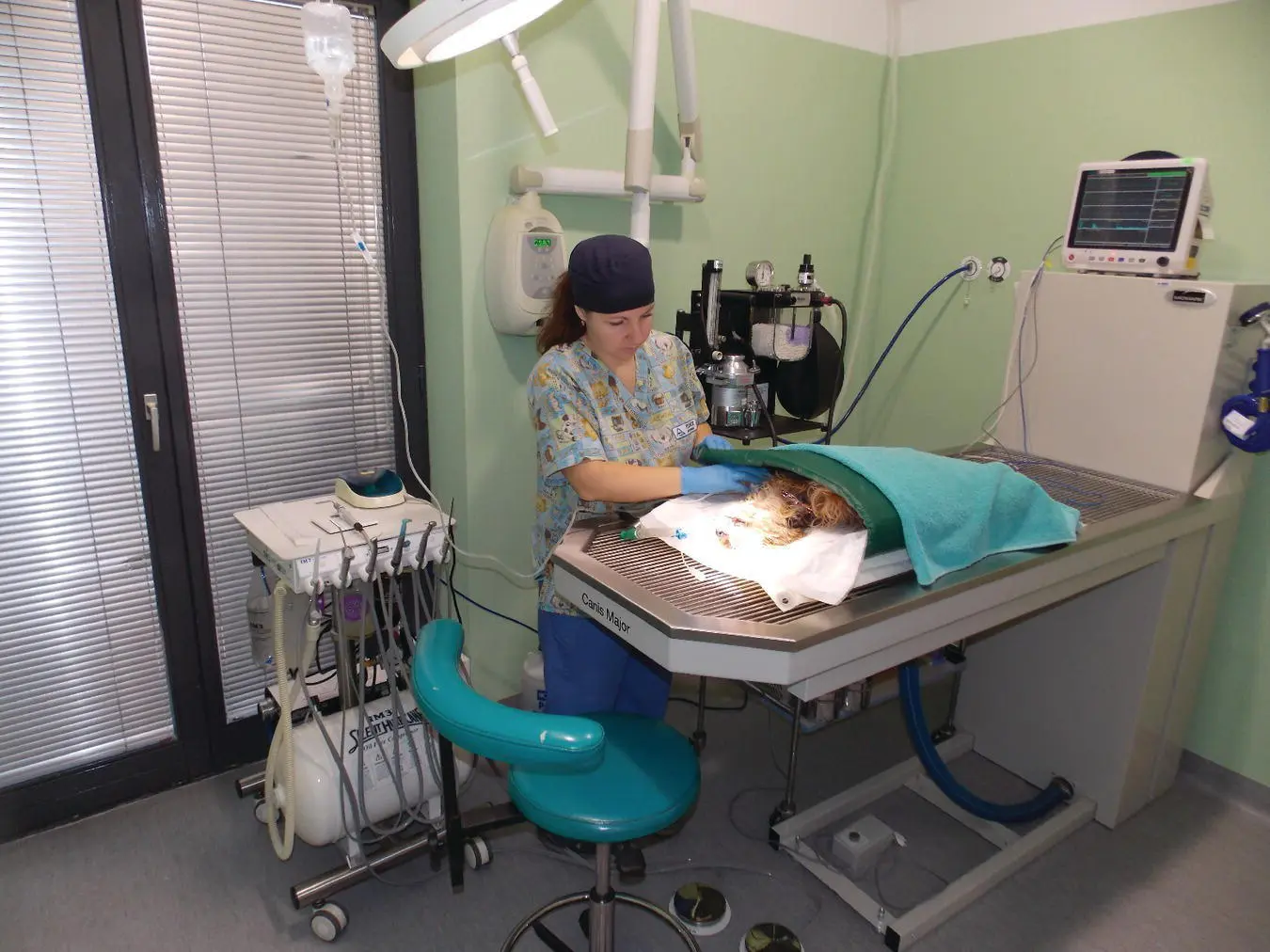
Figure 1.9 Protection of the patient during sedation.
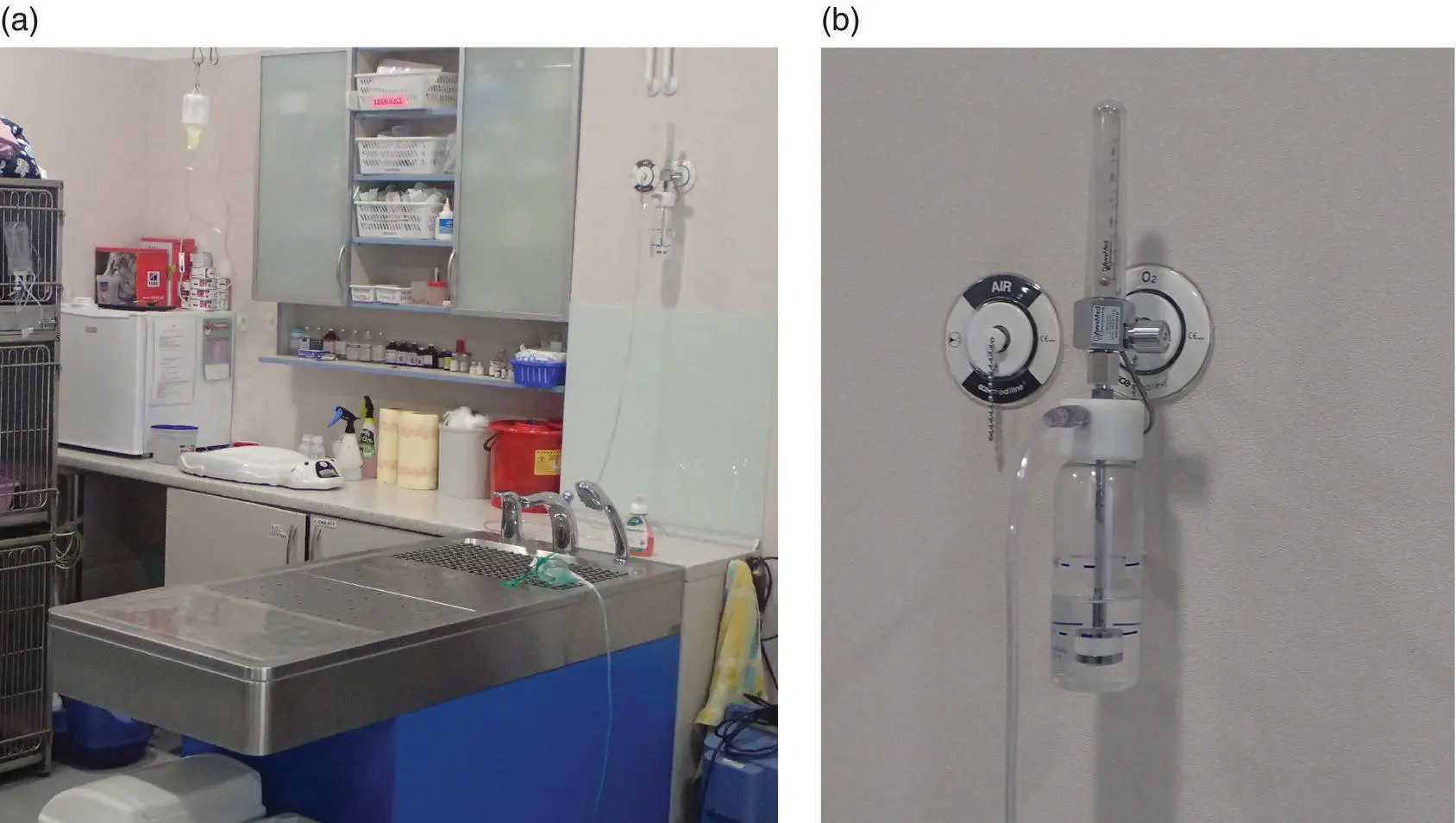
Figure 1.10 Central distribution of (a) water in preparation and postoperative care tables with hot and cool water, a shower, and a bath and (b) air or oxygen.
Currently, high‐speed internet and computer database networks are common features of every veterinary practice. They allow the utilization of electronic dental charting systems such as electronic Veterinary Dental Scoring (eVDS), as well as the sending of digital radiographs from the X‐ray or operator room to the consulting room.
Size, height, air conditioning, light, intensity of water access, and the presence of windows and doors may be specified by legal regulations, which will vary from country to country, with no recognized international standards. In general, it is easier to control the microclimate in a larger room, so it may be easier to organize a larger room than a smaller one. This author has experienced many different rooms in his career, some organized in a perfect and functional way, some in a very nonpractical or even unacceptable way. Some of the best solutions are presented in this section.

Figure 1.11 Handheld X‐ray generator.

Figure 1.12 Wall‐mounted anesthesia machine.
The organization of all materials, instruments, and surgical kits, as well as all cleaning, sterilizing, and sharpening procedures, should ideally be under the control of the nurses or technicians. This will insure that clean, sharp, and autoclaved instruments are delivered on time, necessary materials appear almost immediately, and spare burs, probes, brushes, and photostimulable phosphor (PSP) radiographic plates are available in seconds, not minutes.

Figure 1.13 Hazardous materials have to be stored in dedicated containers and described.
One important consideration in communication with the pet owner pertains to their presence in the dental room: is this desirable, optional, or not allowed? Some specialists prefer presenting the patient under anesthesia and demonstrating any conditions directly in their mouth, as well as reviewing the radiographs in person ( Figure 1.15). Alternatively (and this is this author's preference), all details may be discussed and presented in consulting room. Pictures and radiographs can be displayed on a computer screen, and the dental chart and medical records should also be available ( Figure 1.16). This is an easy process when the IT infrastructure is well organized and efficient. For those owners who want to see how the operating area is organized, a PowerPoint presentation can be prepared and displayed in the consulting or waiting room. Safe anesthesia requirements, prophylactic procedures, and standards of hygiene and practice might also be displayed ( Figure 1.17).

Figure 1.14 An adjustable table is helpful when working on with larger patients. (a) Placement is easier when the position is low. (b) The height can then be adjusted to “operating” level.

Figure 1.15 Veterinary dentist demonstrating the pathology to the pet owner.
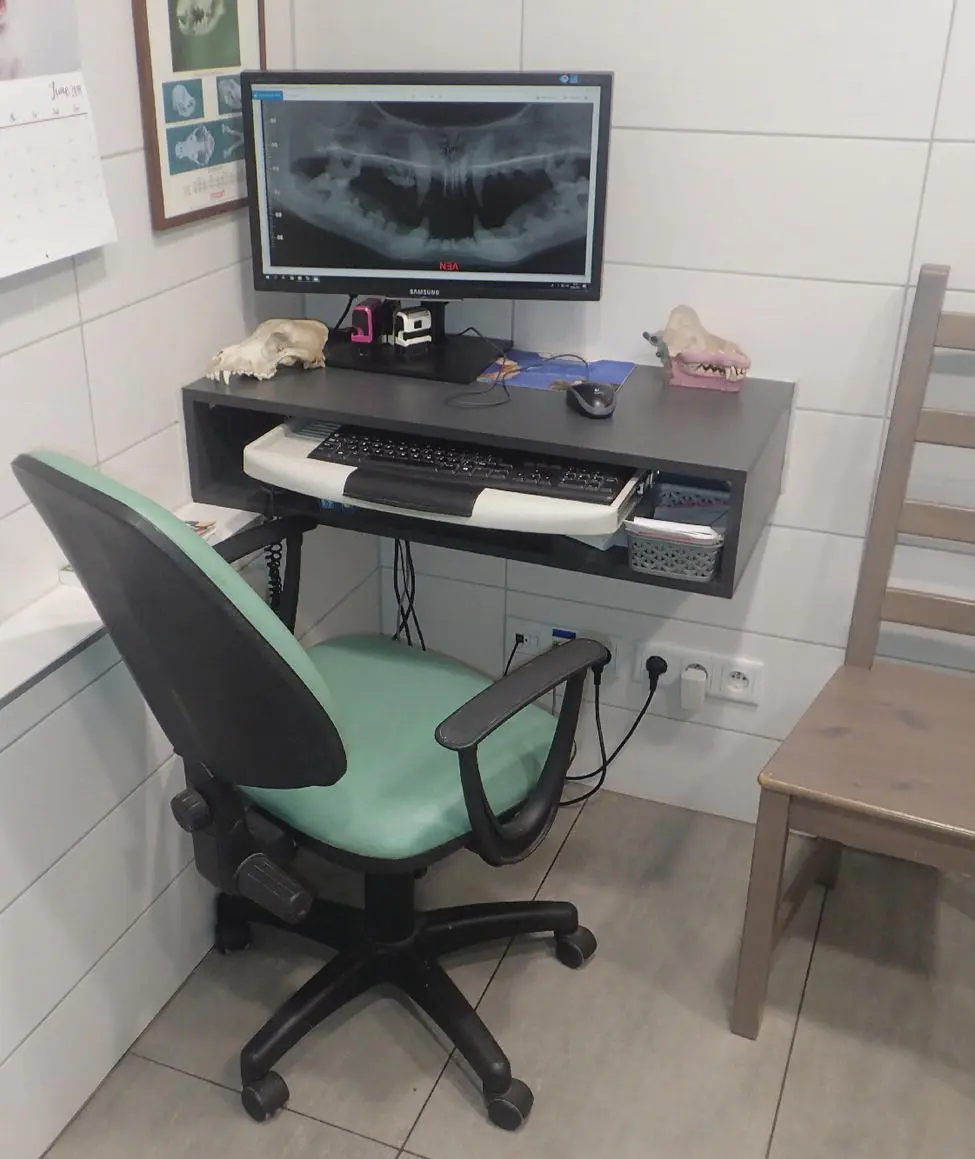
Figure 1.16 Discussion in the consulting room is easier when a high‐quality screen and medical database are available.
Читать дальше
